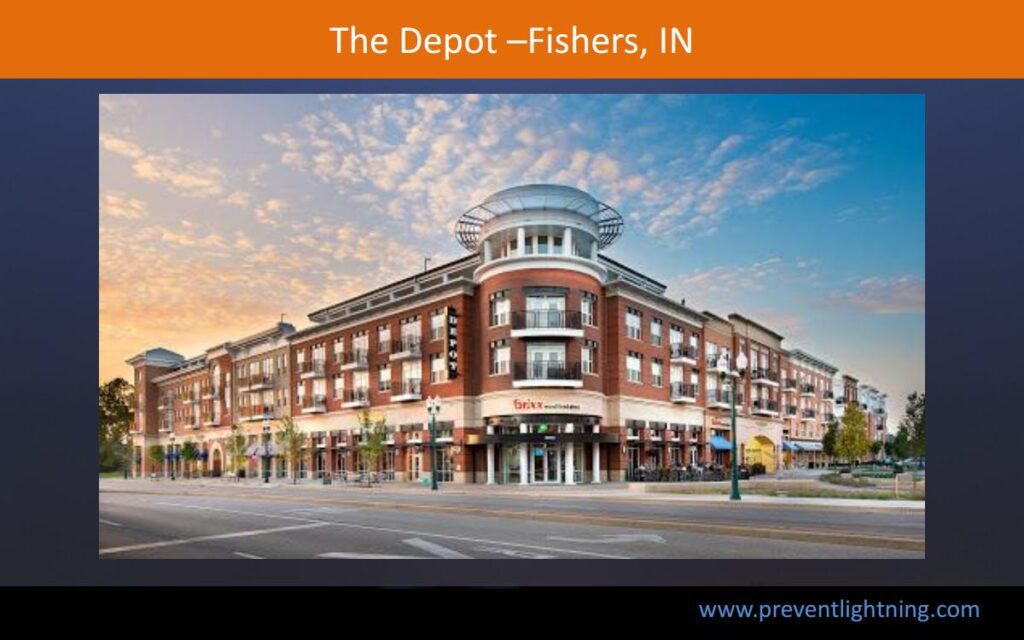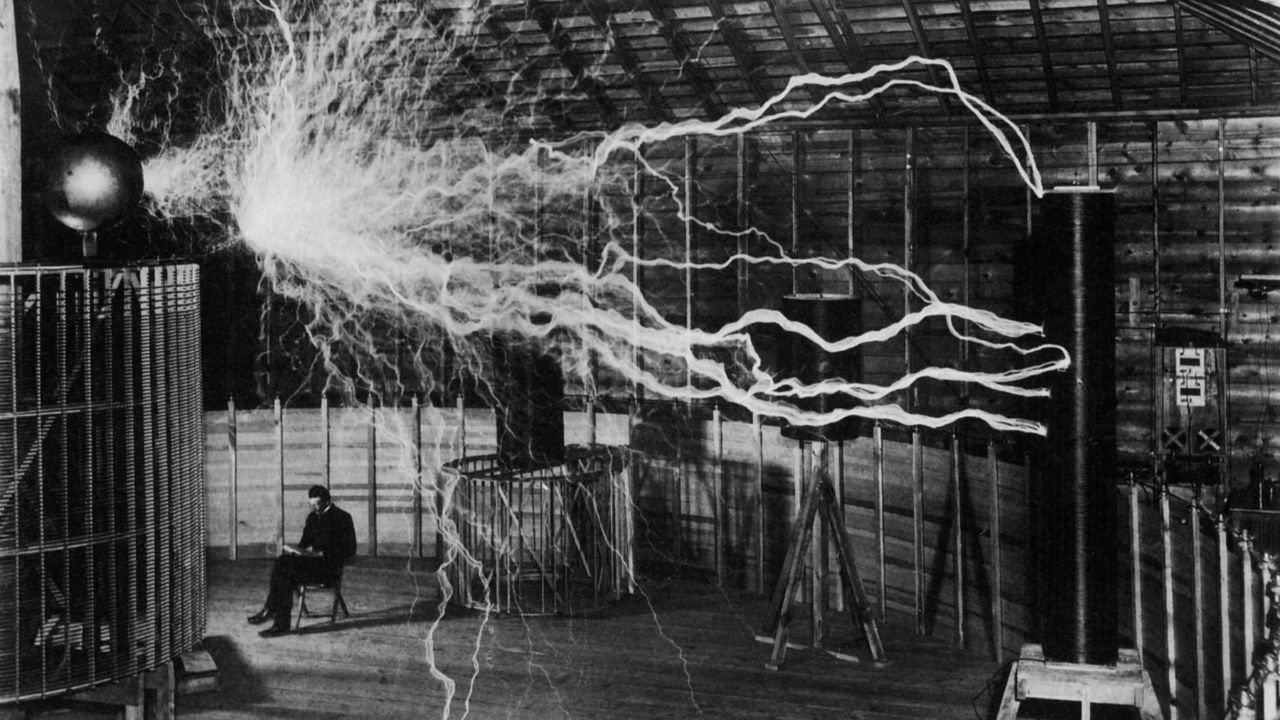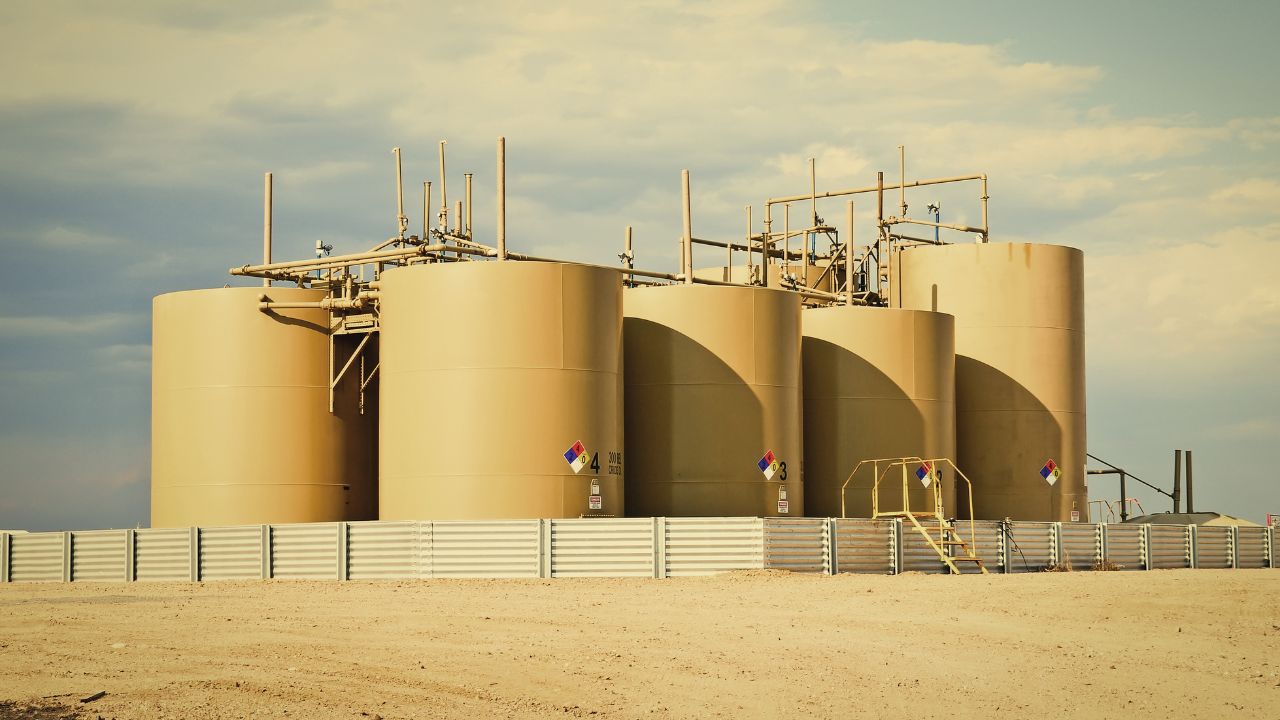
Mixed-use developments are booming. As retail has evolved over the last few decades, there’s been some predictions that traditional, brick and mortar mixed-use developments would take a dive. But that’s not the case. In fact, the mixed-use market sector has remained active consistently. Why? Well for one, there’s a reason we call most developments mixed-use not retail. Commercial construction developments have evolved, and many market sector lines have been blurred. Most projects today have some secondary use for the building. If we build a multifamily tower, there’s almost certainly a retail, office, and/or dining component on the first floor. Office buildings share space with retail tenants. Mixed-use projects are booming because the majority of the projects we’re building in busy, urban, and even suburban areas are being planned for multiple uses — whether that’s live, shop, work, or play. In short, most commercial developments are mixed-use.
Mixed-Use Development and The Outdoor Lifestyle
Common features of mixed use development generally include outdoor spaces and pubic infrastructures. Outdoor spaces incorporate plazas and corridors between buildings and sidewalks. In terms of public infrastructure, mixed use development projects in areas with a higher population have encouraged people to access places of work or errands through public transit as well as walking and biking. Street-level mixed use developments in Denver, Seattle, and Boston, have increased the construction of pedestrian walkways with eye-distance shops and workplaces. As a result, these cities now require fewer parking lots, garages, and alleyways.
The Outdoor Lifestyle Faces Danger of Severe Weather
The weather can change in an instant. Lightning can strike up to 100 miles away from the parent storm. Prevent damage and fatalities caused by lightning strikes. A recent analysis revealed that over $825 million was paid on more than 100,000 claims. An average claim filed by an infrastructure ranges from $29,000 to $217,000. Although insurance does cover lightning damage; a lightning strike insurance claim will always be met with resistance by the insurance company. A property owner could potentially have to pay for the cost of damage.
Insurance companies are quick to deny lightning insurance claims and will say that many of the items claimed were damaged, were unrelated to the strike or there is an insufficient or unqualified amount of proof that a strike occurred. It will be up to the property owner to prove that the lightning strike occurred and that the damage was a direct result. Lightning strikes are 100% preventable with advanced lightning suppression technology, the CMCE Lightning Suppressor.
Include CMCE Suppressors Into an Architectural Design
One single CMCE device prevents lightning strike formation within a 393 foot radius. Installed upon the highest points of an infrastructure, a CMCE device constantly drains positive and negative currents to create a balanced electrical field. The CMCE Suppressor
The CMCE is a Variable Electric Field Balancer specifically designed to prevent a lightning strike in a designated area of protection.
This is the only system in which lightning strikes are actively discouraged, rather than encouraged, through a process known as Deionization.
To prevent lightning strikes within a specified zone, a CMCE collects the induced charge from thunderstorm clouds within an area and transfers it to the ground, thus balancing the electric field strength in the protected zone. The result is reduced electrical potential difference, thus suppressing the formation of an upward streamer. With no leader-streamer connection, a direct lightning strike is prevented.
Learn more about Lightning Protection:
https://capitolelectronics.com/products/emp-lightning-suppression/




